Smart cars that avoid accidents and clever fuel-saving technology are bonuses, but they can turn sour by forcing up insurance premiums and wiping out the economic repair of a damaged car.
Car makers are increasingly using technology to minimise accidents but the cost to replace these components can wipe out almost one-third of the car's purchase price. Insurance company NRMA cites one new luxury sedan that has headlights costing $6000 each and the cruise-control sensor in the grille is $4000.
"A relatively minor knock could cost $30,000 to repair - that's more than a third of the price of the car,'' says NRMA Insuance research manager Robert McDonald.
It is the main reason why insurance premiums aren't falling.
"Another reason is that as cars are getting smarter, safer and more fuel efficient, manufacturers are using exotic materials to reduce weight, more airbags to minimise occupant injury and more electronics to improve roadholding and collision avoidance," he says.
Cars can have components made of aluminium, magnesium, titanium and carbon fibre as well as high-tensile and ultra high-tensile steels.''
"These can be expensive to replace and expensive to repair - or sometimes they aren't repairable.''
But some car makers are playing it smart. Mr McDonald says most car makers have been working with the international insurance groups for the past 25 years.
"As a result, there is interaction between the insurance groups and the car manufacturer,'' he says.
"It has, in many cases, led to a reduction in insurance premiums for cars fitted with electronic stability control (ESC) because the insurance providers recognised that the technology saved lives and could reduce vehicle damage.
"For many years, manufacturers have been including damage-limiting bumper designs that include crash boxes.''
The crash box is a separate, concertina-like module within the frontand rear structure and is the mounting point for the bumpers. In a crash, the box col lapses to absorb the energy. The box effectively sacrifices itself and stops the crash energy being passed into the main car structure, saving on major chassis repair costs. Other examples include the Audi Q7.
Its headlights cost up to $4000 each but are mounted within plastic shells that protect the lens. The shell and its mounting pins - which cost a more modest $90 - are designed to collapse before the headlight is damaged. The high costs of replacement parts also sparks a warning to buyers of second-hand prestige vehicles. These cars may appear affordable but the insurance premiums and the cost of replacing and servicing are likely to stretch the average budget.







.jpg)
.jpg)
.jpg)

.jpg)

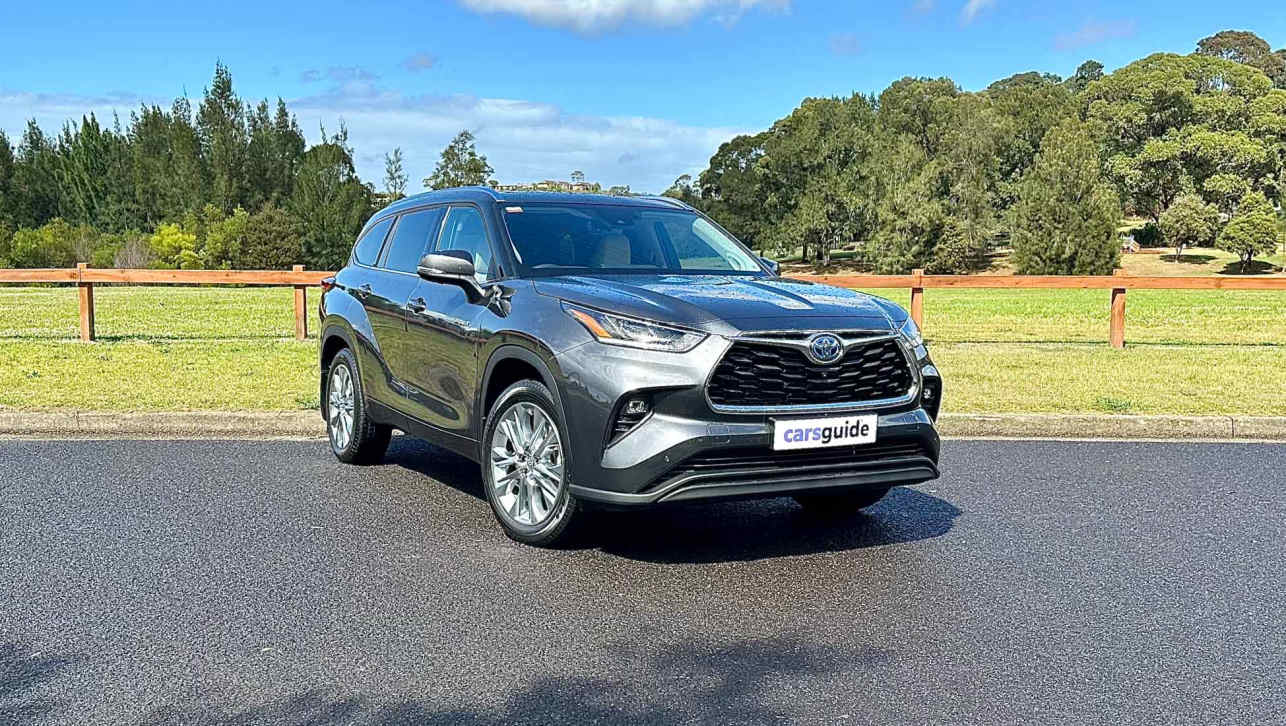
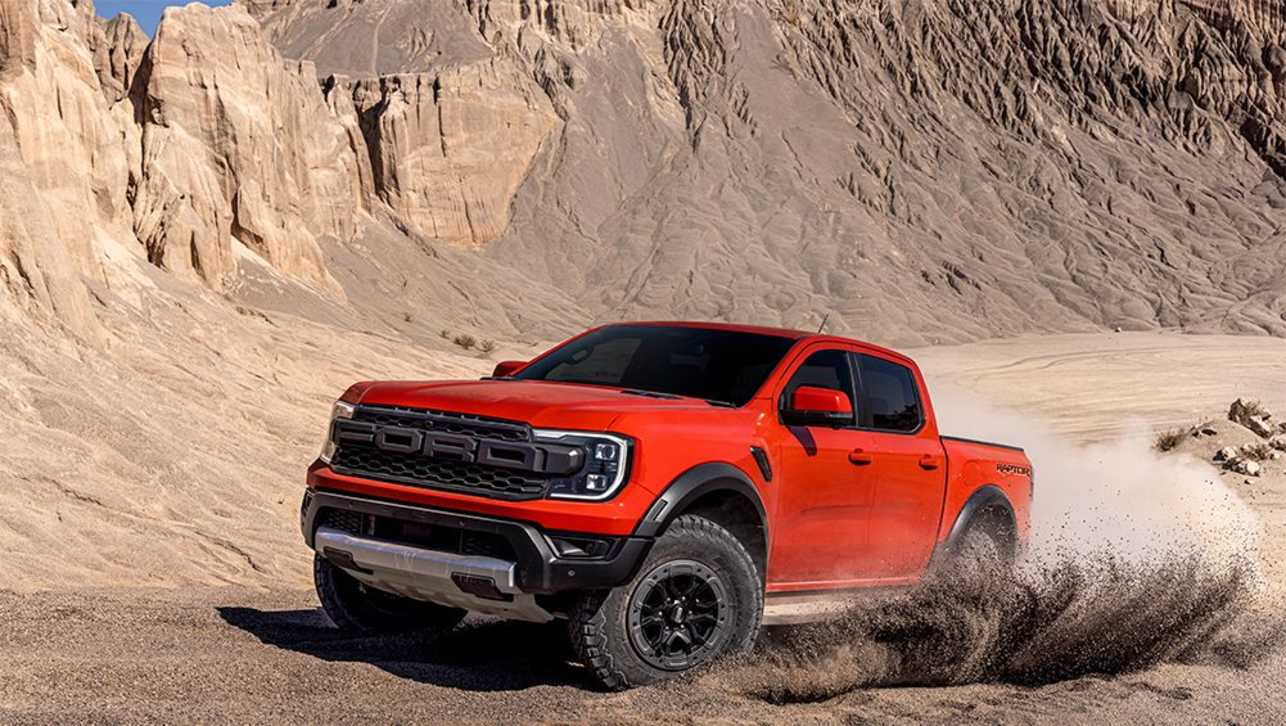
.jpg)
.jpg)
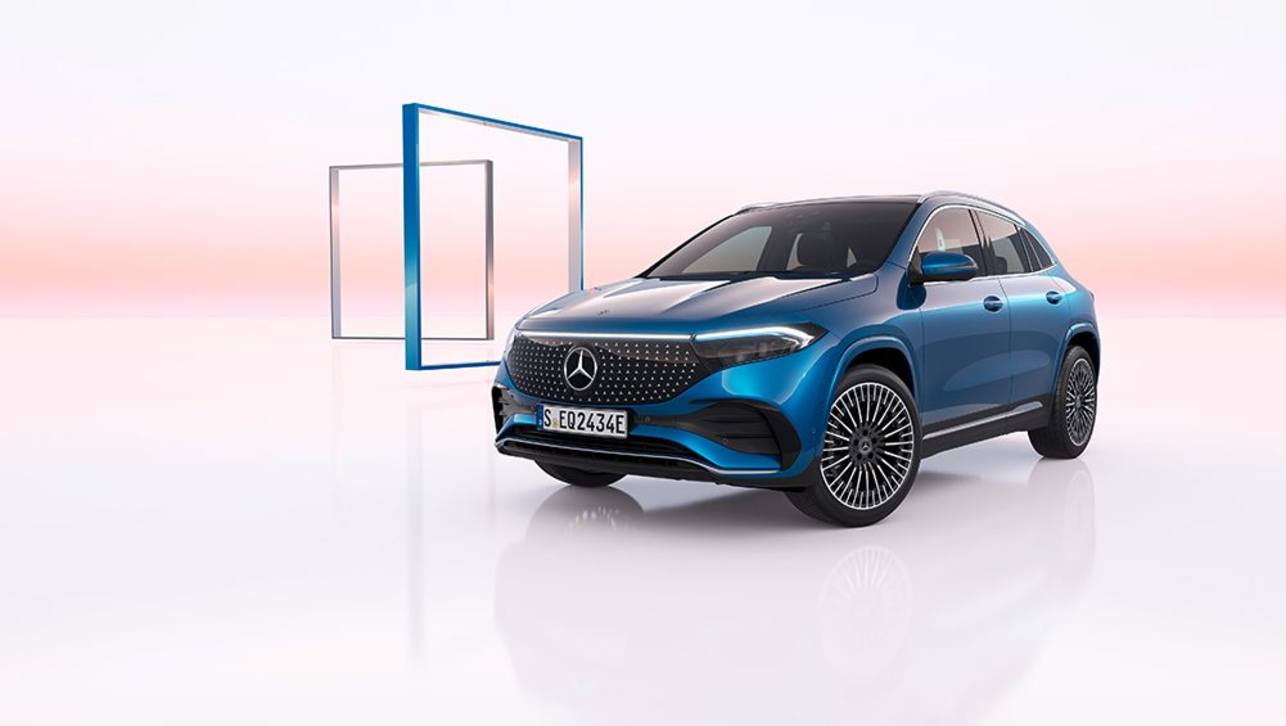
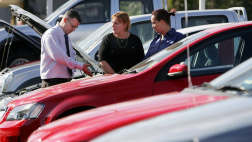
.jpg)
.jpg)
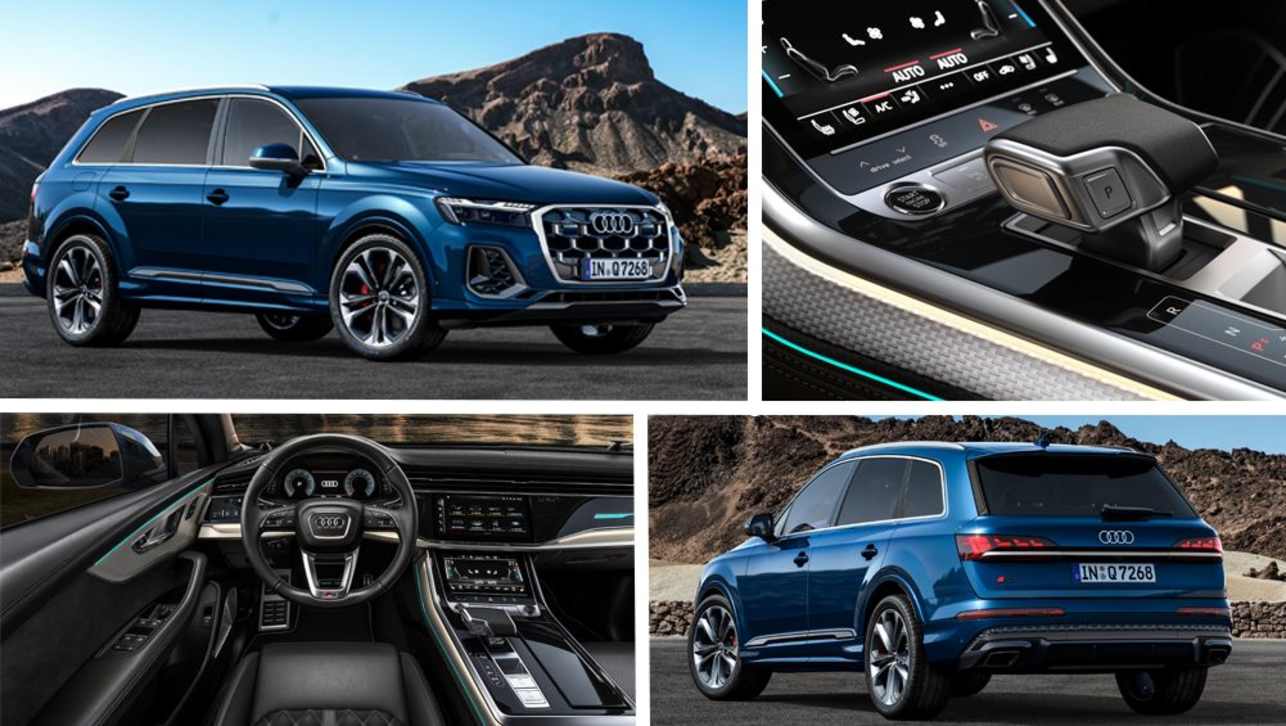
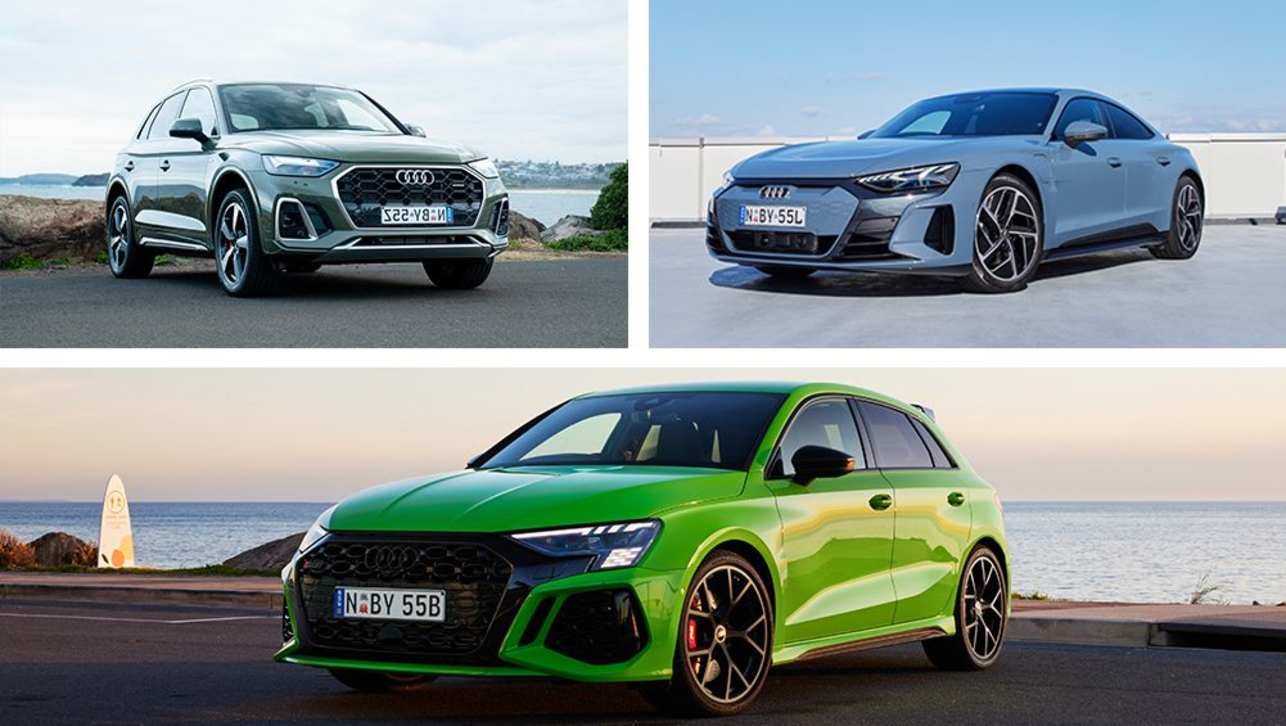


.jpg)




Comments